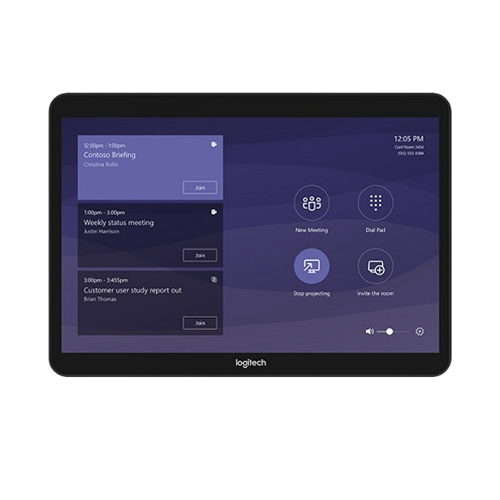Getting Collaboration Right Pays: Small Efforts Can Improve Bottom-Line Performance by 0.3 to 1.0 Percent of Total Enterprise Costs
Corporate Executive Board's Social Computing and Communications Adoption Curve Defines "What Works" in Enterprise 2.0 Technology
ARLINGTON, Va., Sept 07, 2010 /PRNewswire via COMTEX/ -- The Corporate Executive Board (CEB) , a leading research and advisory services company, today revealed new research and related economic modeling that indicates even small efforts to improve collaboration through technology can improve bottom-line performance by 0.3 to 1.0 percent of total enterprise costs. The research findings, part of CEB's Social Computing and Communications Adoption Curve, offer businesses a unique view into the value of Enterprise 2.0 technologies, including what's working based on actual deployments.
"Many CIOs and IT leaders are charting unknown territory as they try to assess what tools will catalyze increased employee productivity and collaboration," said Mark Tonsetic, practice manager in the Corporate Executive Board's IT Practice. "CEB's Social Computing and Communications Adoption Curve identifies what's working and what's not based on company experiences with Enterprise 2.0. Our assessment is both practical and immediately actionable because it is based on real-world, active deployments--not predictions."
Given the wide array of Enterprise 2.0 technologies available, companies are struggling to determine which should be deployed within their organizations. The Social Computing and Communications Adoption Curve addresses the need for practical insight into deployment effectiveness by assessing end-user adoption rates, cross-company deployment, enterprise value and deployment risk. Findings were derived from a survey of more than 50 leading corporations evaluating 24 Enterprise 2.0 technologies.
In addition to providing valuable insight into cost savings and ROI, the findings behind the Social Computing and Communications Adoption Curve also show that:
Reaching planned levels of user adoption of Enterprise 2.0 technologies takes five-to-eight quarters after initial deployment of a given technology.
Social content technologies, such as wikis, social networking, and prediction markets, are falling short of adoption targets in as many as two-thirds of organizations.
Location-aware technologies, enterprise search capabilities, and synchronous document creation technologies are seeing the most growth in companies, with each expected to increases in employee adoption and use by 10 percent or more over the next year.
Organizations are realizing the most immediate value from technologies that help employees communicate faster. Implementation of mobile technologies, room-based telepresence, unified communications, and synchronous project planning technologies have either met or exceeded adoption targets in a majority of organizations.
"Our members have told us that the social computing space is moving quickly, with too many claims about the 'next big thing,'" Tonsetic added. "It's our objective to ensure that we continue to provide them with a unique, actionable view into the market that others cannot so that they can make informed decisions that maximize their technology investments and drive corporate performance."
Methodology
The Social Computing and Communications Adoption Curve was developed from CEB member experiences of technology usage, enterprise value and deployment risk. The survey included 53 companies and assessed 24 technologies. Survey respondents represented a wide range of revenue bands, industries and user-base sizes.
To learn more about the Corporate Executive Board or the Social Computing and Communications Adoption Curve, please visit http://www.executiveboard.com/it/adoption-curve.
About The Corporate Executive Board
The Corporate Executive Board Company drives faster, more effective decision making among the world's leading executives and business professionals. As the premier, network-based knowledge resource, The Corporate Executive Board provides customers with the authoritative and timely guidance needed to excel in their roles, take decisive action and improve company performance. Powered by an executive network that spans over 50 countries and represents approximately 85% of the world's Fortune 500 companies, The Corporate Executive Board offers unique research insights along with an integrated suite of exclusive tools and resources that enable the world's most successful organizations to deliver superior business outcomes. For more information, visit www.exbd.com.
SOURCE Corporate Executive Board
 Cookies seem to be disabled in your browser.
Cookies seem to be disabled in your browser.








